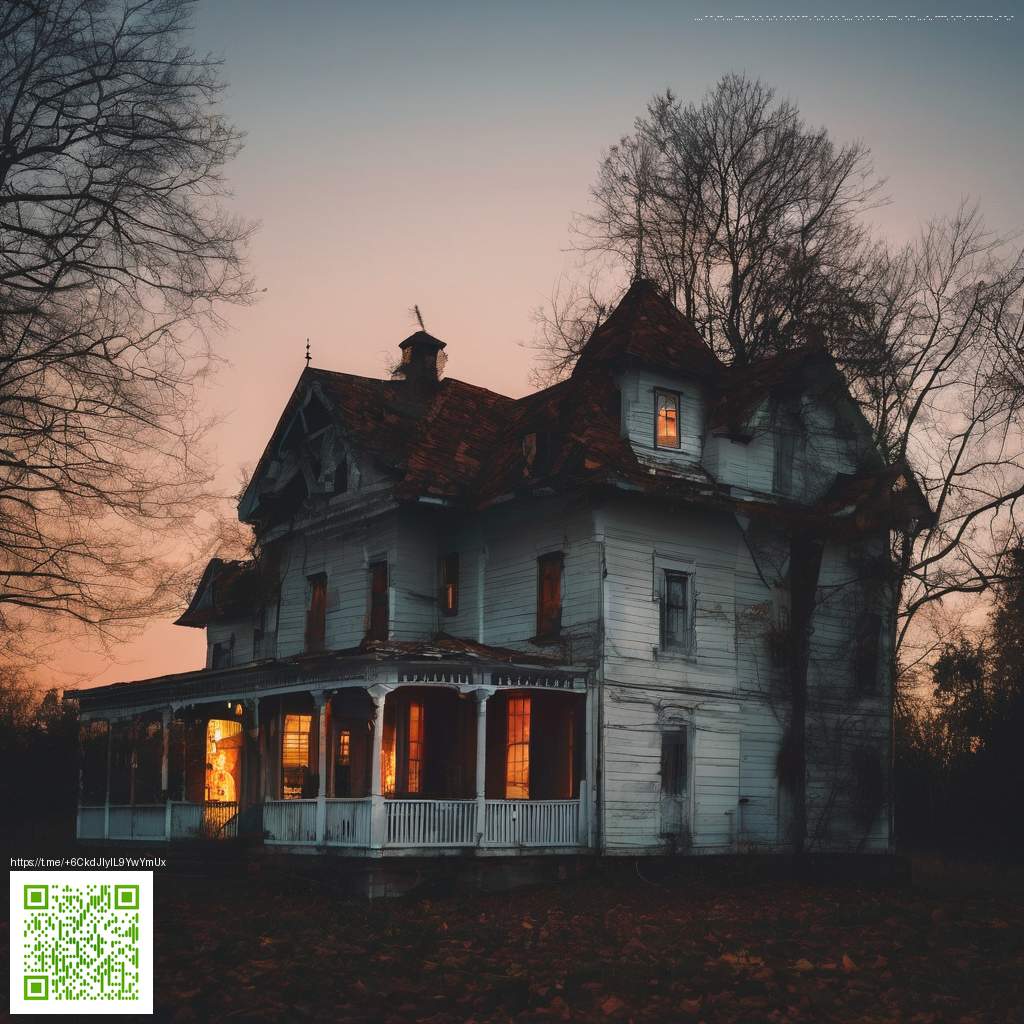
Mastering Shadow and Light on Flat Digital Textures
Flat textures have a reputation for being lifeless, but when light and shadow are rendered with intention, they gain volume, realism, and narrative. The trick isn’t merely adding a vignette or a lone highlight; it’s understanding how directional light interacts with material properties, edges, and micro-details across a texture. This article dives into practical principles you can apply to turn simple surfaces into convincing, tactile visuals that communicate texture, weight, and purpose.
Key lighting principles for convincing flat textures
- Direction matters. Choose a primary light source and keep it consistent. A single angle creates a predictable falloff and helps you sell the surface’s orientation within a scene.
- Contrast and falloff. Real-world lighting isn’t uniform. Use soft gradients to simulate ambient light plus a sharper edge where the light wraps around a corner or bevel.
- Specular highlights. Subtle glints indicate roughness or gloss. For flat textures, tiny, carefully placed highlights convey material qualities without overpowering the base tone.
- Shadow anatomy. Cast shadows ground objects; ambient occlusion adds depth in crevices and folds. Together they produce a sense of contact with the surface.
- Color temperature and mood. Warmer light feels inviting; cooler light reads as clinical or modern. Tuning color temperature helps align the texture with the intended brand or scene.
“Light tells the story of a surface. Without shadow, texture feels flat; with shadow, texture becomes believable.”
Techniques to build depth on a flat texture
Developing depth starts with organizing your texture into layers that can simulate multiple light events without reworking the entire map. A practical approach blends baked shading with hand-painted detail, enabling fine control over each component.
- Layered shading workflow. Start with a base color, then add a shadow layer (darkened, slightly desaturated). Paint highlights on a separate layer, set to a soft light or overlay, and adjust opacity to taste.
- Ambient occlusion pass. Create a light-shadow pass that concentrates in creases, corners, and where the texture meets a surface. This adds perceived depth without heavy geometry.
- Edge and bevel cues. Subtle rim lighting along edges can make flat shapes feel sculpted. Don’t overdo it—gentle edge light often reads more naturally.
- Micro-shadows for realism. Tiny shadows around tiny details—pips, grooves, or embossed text—enhance realism and maintain legibility at small sizes.
- Consistency across assets. If you’re applying textures in a product catalog, keep the light direction coherent to avoid a montage look across items.
When applying these concepts to product imagery or UI textures, the interplay between light and shadow shapes perception. For instance, if you’re preparing flat textures for a product page, you’ll want the shading to echo material properties—matte versus glossy—and to suggest how the object would interact with real-world lighting. If you’re curious about how these ideas translate to e-commerce photography, a related piece discusses practical considerations at sol-donate.zero-static.xyz/e1318655.html.
Practical steps you can apply today
- Define a consistent light source and plan the shadow direction before painting or rendering any texture.
- Start with a neutral base and progressively build depth with shadow, ambient occlusion, and highlight passes.
- Use soft, controlled gradients for falloff rather than abrupt transitions that can read as artificial.
- Test your texture against multiple backgrounds and color schemes to ensure readability and realism across contexts.
- For product contexts, study how the texture communicates the product’s function—subtle shadows beneath an object can imply weight and permanence.
As a practical example, consider a layout or photo session featuring a compact gadget like a Phone Click-On Grip Back of Phone Stand Holder. Rendering it with a careful shadow cast on the surface beneath, plus a gentle specular cue on its metallic edges, can elevate the perceived quality of the shot even before real-world photography comes into play. You can explore the product details here: Phone Click-On Grip Back of Phone Stand Holder.
Delving deeper into the topic, you’ll find diverse methods across software ecosystems—whether you’re painting in a raster editor, lighting in a 3D package, or baking textures for game assets. The core idea remains the same: model how light travels, where it stops, and how it wraps around the surface. Practitioners who combine theory with iterative testing often see the most reliable gains in perceived realism and versatility across different display contexts.